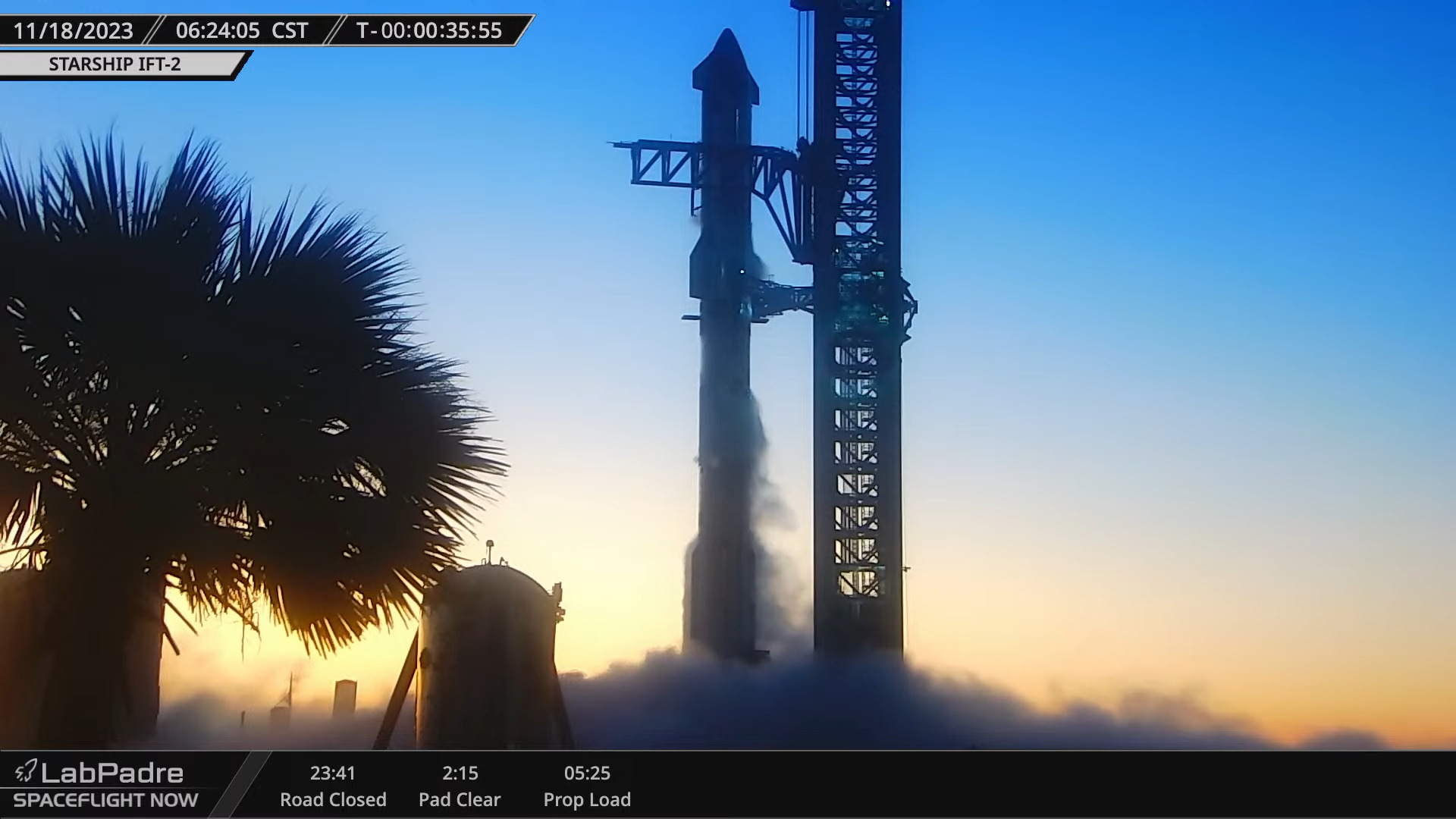Hey, fellow space enthusiasts! Gather ’round as we dive into the jaw-dropping adventure that unfolded when SpaceX’s Starship recently took to the skies on its second test flight. Strap in because this isn’t your average rocket launch—this is the SpaceX Starship, the beast that’s rewriting the rules of space exploration.
A Galactic Odyssey Begins
Picture this: the SpaceX Starship, standing tall like a modern-day colossus, ready to conquer the heavens. Our starry-eyed excitement reached its peak as the countdown began. The atmosphere buzzed with anticipation, and then, in a roar of engines and a blaze of fire, the SpaceX Starship soared into the great unknown. It wasn’t just a rocket; it was a symphony of engineering, innovation, and ambition playing out before our eyes.
Glitches in the Cosmic Matrix
Now, here’s where the plot takes an unexpected twist. As the Starship geared up for its coast phase, SpaceX hit a cosmic roadblock. Imagine the collective gasps as SpaceX dropped the bombshell: no data from Starship’s second stage. Yep, you heard it right. It was like the ultimate cliffhanger in a space drama. SpaceX’s live stream echoed with the news that the spacecraft “wouldn’t be able to come back in an hour or so and possibly get ready for reentry.” Cue the suspenseful music!
We were on the edge of our seats, and then came the shocker—SpaceX had to pull the emergency brakes. Enter the “flight termination system,” SpaceX’s superhero move to prevent Starship from going rogue. In simple terms, they hit the self-destruct button, right there on our screens. Imagine the collective groans as we watched our hopes of a flawless mission go up in a controlled explosion. SpaceX didn’t hold back—the live stream ended abruptly, leaving us in a cosmic void of uncertainty.
SpaceX:
When Bold Dreams Meet Reality
Elon Musk’s brainchild, SpaceX, is no stranger to audacious dreams and groundbreaking technology. The company has been a trailblazer in the space race, making headlines with its reusable Falcon rockets and pioneering the way for commercial space travel. The Starship, though, is a different breed altogether—a colossal spacecraft designed for interplanetary travel and, eventually, human colonization of Mars.
What sets SpaceX apart is not just its lofty goals but its willingness to embrace setbacks head-on. The recent Starship incident is a testament to the challenges inherent in pushing the boundaries of what’s possible. In the spirit of space exploration, where risks are as abundant as stars in the sky, SpaceX’s decision to trigger the flight termination system showcased a commitment to safety and responsible innovation.
Final Frontier or Just a Temporary Setback?
As we catch our breaths from the rollercoaster that was the SpaceX Starship’s second test flight, the burning question remains: What’s next for Elon Musk’s cosmic brainchild? The setback is undoubtedly a hiccup in the grand plan, but history has shown that SpaceX thrives on challenges. Failure, in the world of SpaceX, is not the end; it’s a pit stop on the road to greatness.
So, let’s raise our metaphorical glasses to SpaceX, the dream-weaver of the cosmos, and to the Starship, a symbol of human audacity reaching for the stars. As we await the next chapter in this interstellar saga, one thing’s for sure—SpaceX isn’t backing down. The cosmic stage is set, the rockets are fueled, and the dream of humanity becoming an interplanetary species lives on.
In the grand tapestry of space exploration, every glitch, setback, and explosion is just a stitch, weaving together the narrative of our journey beyond the stars. So, here’s to SpaceX, where each “failure” is a launchpad for the next big leap into the great unknown. The stars await, and so does the indomitable spirit of human exploration. Godspeed, SpaceX!


Leave a Reply